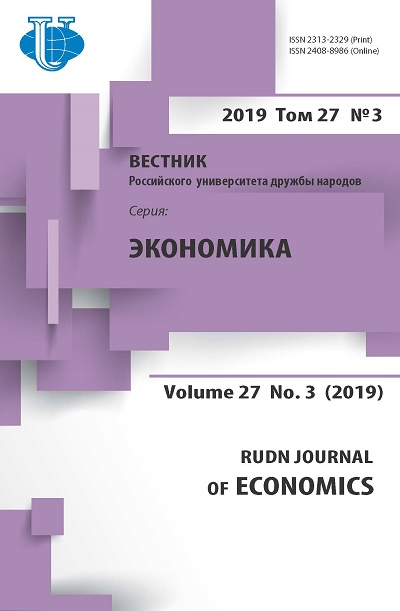Abstract
The socio-economic transformations of Russia as well as the change in the functions of state borders in the context of integration processes in the global society, along with the change in the perception of the tourism at the level of government, business and society, served as a prerequisite for the tourist vector of development of border areas. The increasing competition for the financial resources of tourists contributes to a change in the socioeconomic space of the territories, which is most noticeable in the borderlands. The article substantiates the importance of cross-border tourist mobility in the development of the borderland. Depending on the chosen focus of attention (development of the local community, economic and spatial development of the territory), the benefits and risks for the socio-economic development of the territory are different for the both sides of the border. The cross-border tourist mobility is considered on the example of the Russian-Polish and Russian-Finnish borderlands. A significant asymmetry of mutual cross-border tourist flows has been revealed. This tendency will increase thanks to the actively pursued marketing policy of the business of neighboring countries to stimulate the entry flow of Russian citizens with tourist purposes.















